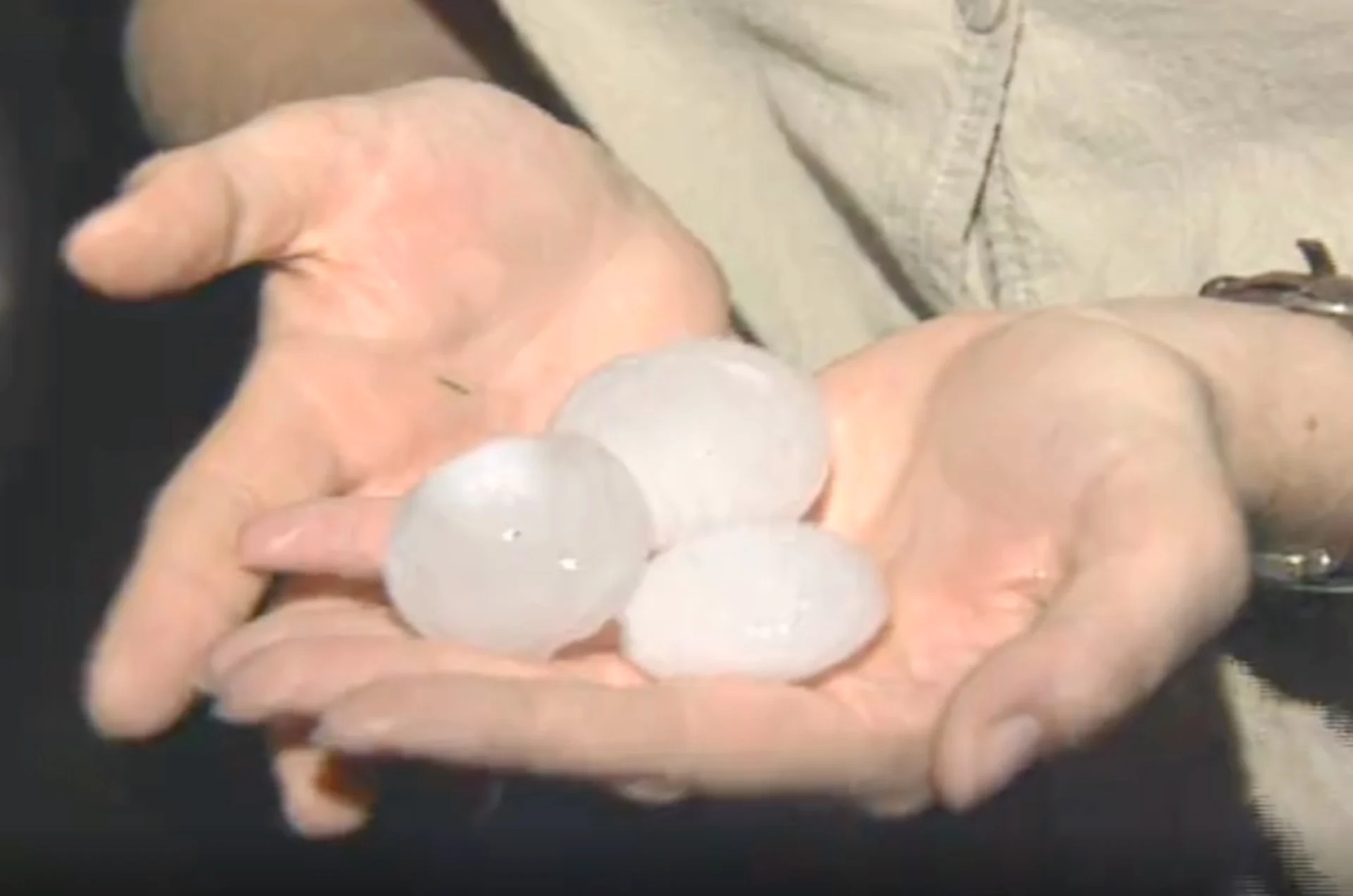
Winnipeg's historic hailstorm was so notable, it's a graduate thesis
On this day in weather history, Winnipeg, Man., experienced one of its worst hailstorms.
This Day In Weather History is a daily podcast by Chris Mei from The Weather Network, featuring stories about people, communities and events and how weather impacted them.
--
On Tuesday, July 16, 1996, a storm pummelled Winnipeg, Man., with hailstones as large as 70 mm in diameter.
The storm lasted an hour and a half. It first developed as a result of two bounded, weak echo regions (BWER).
A BWER is almost a completely vertical channel of weak radar echo. It's surrounded by stronger echoes on the top and sides and suggests a severe thunderstorm.

Winnipeg, Man. Courtesy of TWN
BWERs are localized, and when paired with a strong updraft, are very good indicators of severe weather.
During the storm, there was a five-minute period where two BWERs were occurring simultaneously in the same storm complex. Because of this occurrence, a University of Alberta researcher wrote a thesis on the event entitled, The Winnipeg hailstorm of 16 July 1996: synoptic analysis and radar observations.

Winnipeg, Man. Courtesy of TWN
The report looks at the thunderstorm's BWER development and its implications.
This hailstorm is one of Canada's worst. The hail severely damaged vehicles, resulting in 24,000 insurance claims. This is Manitoba Public Insurance's largest catastrophic event in the company's history. It resulted in a $53-million payout.
To learn more about Winnipeg's historic hailstorm, listen to today's episode of "This Day In Weather History."
Subscribe to 'This Day in Weather History': Apple Podcasts | Amazon Alexa | Google Assistant | Spotify | Google Podcasts | iHeartRadio | Overcast'










